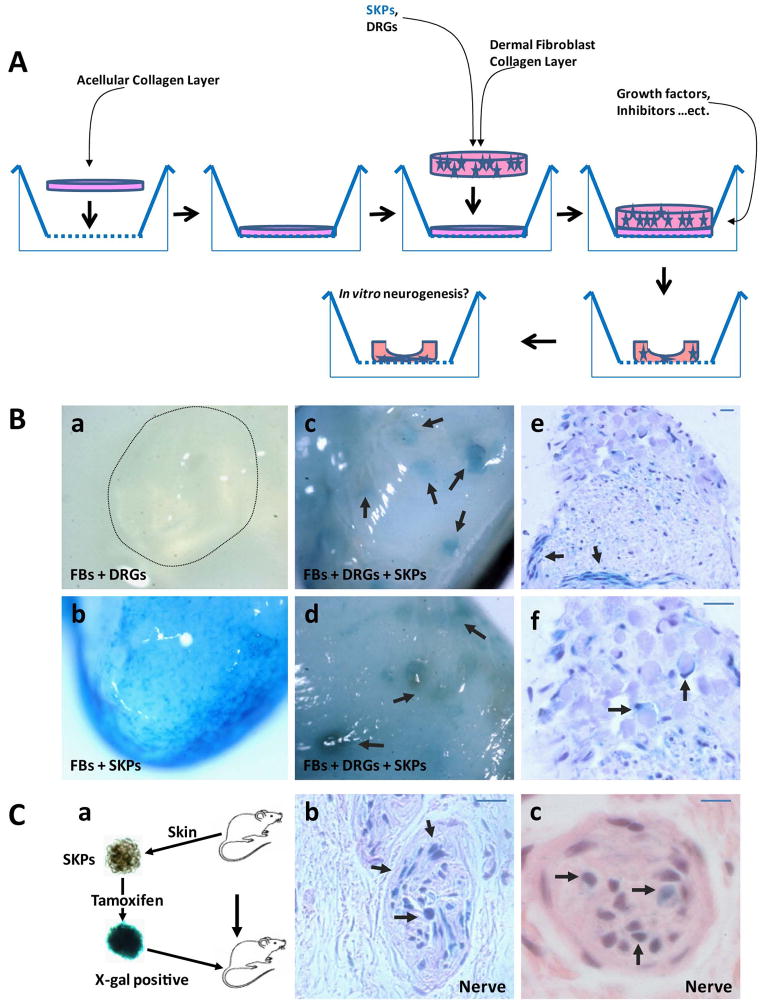Figure 1. Implanted SKPs are Neurotropic In Vitro and In Vivo.
1A. In Vitro Engineered Skin Raft for gliogenesis/nerve regeneration.
Inserts of six-well tissue culture plates were coated with 1 ml bovine collagen I and layered with 3 ml collagen I containing 1×105 human foreskin fibroblasts. After 7 days of incubation at 37°C, keratinocytes were seeded on top of the dermal rafts. The skin equivalent rafts were kept submerged in medium for 2 days and then raised to the air-liquid interface via feeding with medium bellow. SKPs and DRGs/nerves were introduced into the skin constructs by mixing with fibroblasts and then adding them to the dermal fibroblast/collagen layer. Extracellular factors essential for this process, including neuregulin, other Schwann cell factors, and/or nerve growth factors were added to the media.
1B. X-gal staining of an in vitro engineered skin raft containing only fibroblasts, DRGs/nerves (a) or only fibroblasts and lacZ positive SKPs (b). In skin rafts that contain lacZ positive SKPs, fibroblasts and DRGs/nerves, the Lacz positive SKPs concentrate near the DRGs/nerves (c–d; arrows). Paraffin sections of these DRGs in (c) and (d) showing the LacZ positive SKPs infiltrating into the DRGs, forming cellular corridors, similar to the bands of Bungner (e, arrows) as well as differentiating into LacZ-postive Schwann-like cells that wrap around axons within the DRGs (f, arrows). Scale bar = 20 μm.
1C. SKPs were harvested from skin from the back & neck of CMV-CreERT2;Rosa26 mice and exposed to 4-OH-tamoxifen to induce recombination at the Rosa 26 locus and then reimplanted dermally in the same mice at the dorsal/sacral area (a). Grafted sites were harvested two months later for cutaneous nerve analysis. X-gal staining shows that blue lacZ positive SKPs migrate to and reside predominantly within the cutaneous nerves (b–c, arrows). Scale bar = 20 μm.

